Division with Exponents
Learning text on the topic Division with Exponents
Dividing Exponents
In math, exponents are more than just numbers; they're keys to unlocking puzzles in the world around us. From calculating the decay of radioactive materials in science class to understanding how quickly a population of endangered species might decrease, Dividing Exponents is an essential tool. This guide focuses on how to effectively divide numbers with the same base and their exponents. We'll delve into this concept with relatable examples, demonstrating the rule: keep the base the same and subtract the exponents.
If you want to recap your learning on the Quotient of Powers Rule, before diving into division, this video will help Exponents and Division – the Quotient of Powers.
Understanding How to Divide Exponents
The concept of dividing numbers written in exponential notation that have the same base follows a straightforward rule.
When dividing numbers written in exponential notation that have the same base, keep the base the same and subtract the exponents.
For a clear example, let's look at this problem: $3^5 ÷ 3^2$.
Here, $3$ is the base, and $5$ and $2$ are the exponents. By expanding these terms, we can see the logic behind subtracting the exponents:
- $3^5 = 3 × 3 × 3 × 3 × 3$
- $3^2 = 3 × 3$
When dividing $3^5 ÷ 3^2$, we eliminate the two $3$s in $3^2$ from the five $3$s in $3^5$. This leaves us with three $3$s, or $3^3$. Thus, the expression simplifies to $3^{(5-2)} = 3^3$.
Dividing Exponents – Steps to Simplify
| Divide | Expansion | Subtract the Exponents | Simplify |
|---|---|---|---|
| $6^5 \div 6^3$ | $(6 × 6 × 6 × 6 × 6) \div (6 × 6 × 6)$ | $6^{(5-3)}$ | $6^2$ |
| $\dfrac{(n^5)}{(n^4)}$ | $\dfrac{(n × n × n × n × n)}{(n × n × n × n)}$ | $n^{(5-4)}$ | $n^1 = n$ |
Let's simplify some examples:
If you are interested in learning more exponent rules, check out this video Product and Quotient of Powers Laws
Dividing Exponents – Application
For a better understanding of what happens when you have a zero or negative exponent, watch this video to learn more Zero and Negative Exponents
Dividing Exponents – Summary
Key Points from This Text:
- Dividing exponents with the same base involves subtracting the exponent of the divisor from the exponent of the dividend.
- This rule simplifies the process of working with exponential expressions in division.
- Understanding this concept is crucial for both academic purposes and real-world applications, like analyzing trends or growth rates.
Explore other topics, interactive problems, videos, and printable worksheets on our website to further enhance your understanding of Division with Exponents and other vital mathematical concepts.
Dividing Exponents – Frequently Asked Questions
Division with Exponents exercise
-
Explain the rule for dividing exponents.
HintsNotice in this example, the matching base is the variable $n$.
This stays the same.
Another way to understand dividing exponents is to expand each exponent. Then it will make it clear that subtraction is used to find the final exponent.
SolutionWhen dividing exponents that have the same base, the rule is keep the base the same and subtract the exponents.
For example, $\dfrac{3^7}{3^3}$, the base is $\bf{3}$, so this stays the same. To find the quotient's exponent, subtract the exponents: $\bf{7-3}$$=4$. The quotient is equal to $\bf{3^4}$.
-
Use expansion to show the expression in exponential notation.
HintsTo expand an exponent, the base is multiplied by itself the number of times the value of the exponent is.
For example, $4^3$ = $4 \cdot 4 \cdot 4$.
$\dfrac{5^6}{5^4}$
For the numerator, the base is $5$, and there are $6$ of them being multiplied. So, $5 \cdot 5 \cdot 5 \cdot 5 \cdot 5 \cdot 5$.
What is the base of the denominator, and how many times is that number being multiplied by itself?
Solution$\dfrac{5^6}{5^4}$
The numerator has a base of $5$, and since the exponent is $6$, the $5$ is expanded as: $5\cdot 5\cdot 5\cdot 5\cdot 5\cdot 5$.
The denominator has a base of $5$, and the exponent is $4$, so the $5$ is expanded as: $5\cdot 5\cdot 5\cdot 5$
$\dfrac{5\cdot 5\cdot 5\cdot 5\cdot 5\cdot 5}{5\cdot 5\cdot 5\cdot 5}$
-
Divide the exponents using the rule.
HintsThe Law of Exponents for dividing says that if you divide two numbers with the same base, you just subtract the smaller exponent from the bigger one and keep the base the same. For example, $a^m \div a^n = a^{m-n}$ when $a$ is a number and $m$ and $n$ are the exponents.
Here is an example to help you.
$\dfrac{2^7}{2^6}$
$2^{7-6}$
$2^1=2$
Solution$\dfrac{5^9}{5^3}$
$5^{9-3}$
$5^6$
-
Apply the law of exponents to evaluate expressions in exponential notation.
HintsThe Law of Exponents for dividing exponents states that when you divide two numbers with the same base, you keep the base the same and subtract the exponents.
If it helps you to better understand the rule, first expand the expression written in exponential notation and then cross off pairs.
Solution- $\frac{4^7}{4^3} = 4^{7-3} = 4^4$
- $\frac{4^4}{4} = 4^{4-1} = 4^3$
- $\frac{3^6}{3^2} = 3^{6-2} = 3^4$
- $\frac{4^8}{4^2} = 4^{8-2} = 4^6$
-
Apply the rule for dividing exponents.
HintsThe Law of Exponents for dividing exponents states that when you divide two numbers with the same base, you keep the base the same and subtract the exponents.
The base in this example is $3$, and then the exponents are subtracted, $6-5$.
SolutionThe base is $2$.
The exponents will be subtracted $8-2$.
The final solution will be $2^6$.
-
Find the solution by applying the laws of exponents.
HintsWhen you type in your answer, use the $x^a$ button on the toolbar to create an exponent.
The Law of Exponents for dividing says that if you divide two numbers with the same base, you just subtract the smaller exponent from the bigger one and keep the base the same.
For example, $a^m \div a^n = a^{m-n}$ when $a$ is a number and $m$ and $n$ are the exponents.
Solution$\begin{array}{l}\frac{5^5}{5^2}=5^{5-2}=5^3\\ \\ \frac{8^2}{8}=8^{2-1}=8\\ \\ \frac{9^7}{9^2}=9^{7-2}=9^5\\ \\ \frac{x^6}{x^4}=x^{6-4}=x^2\end{array}$
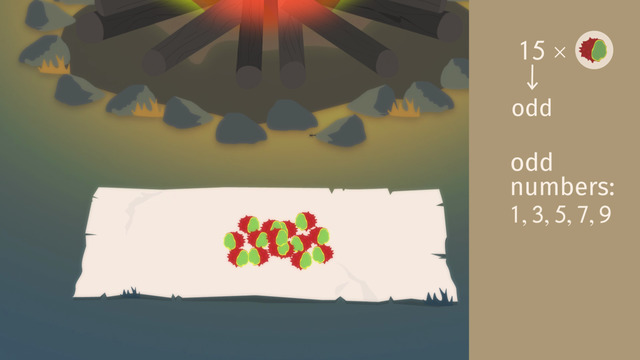
Even and odd numbers

Divisibility Rules - 3, 6, 9
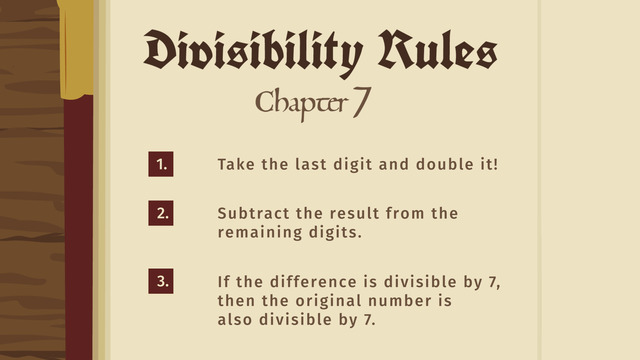
Divisibility Rules - 7

Divisibility Rules - 4, 5, 8, 10
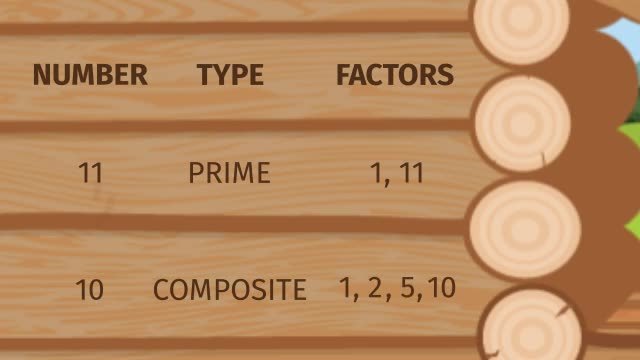
Prime Numbers
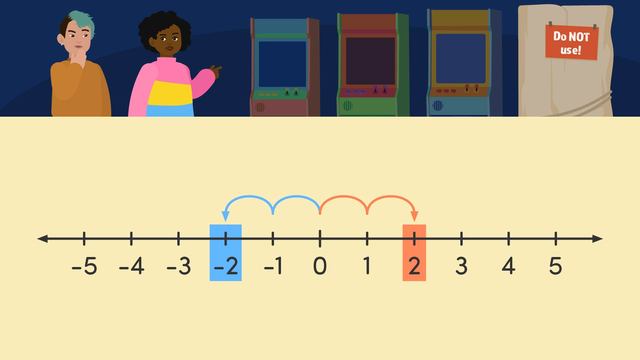
Integers and their Opposites
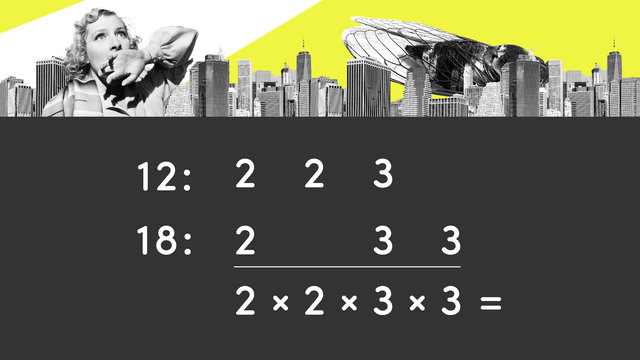
Least Common Multiples
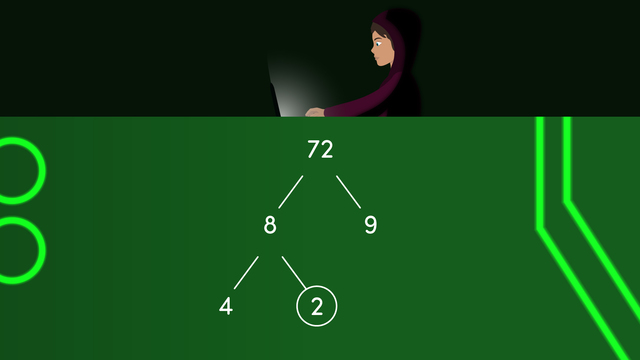
Prime Factorization
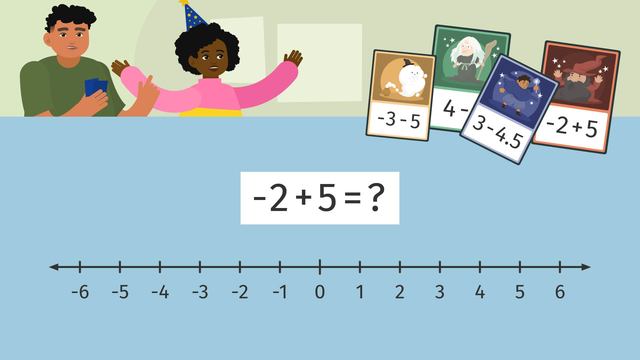
Adding and Subtracting Rational Numbers on a Number Line
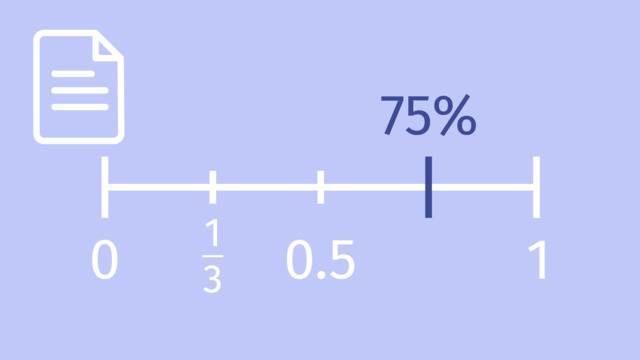
Ordering Rational Numbers
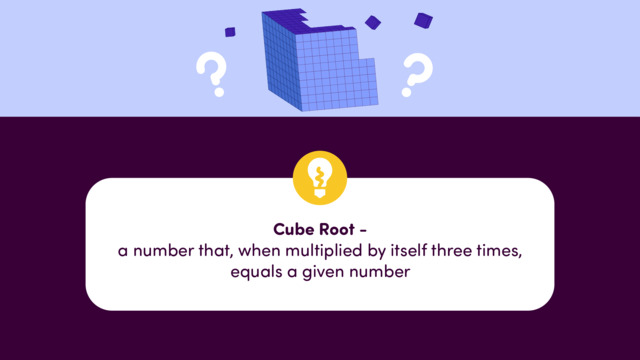
Cube Roots
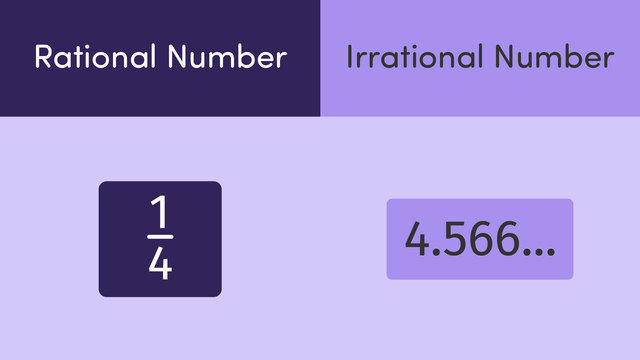
Rational and Irrational Numbers
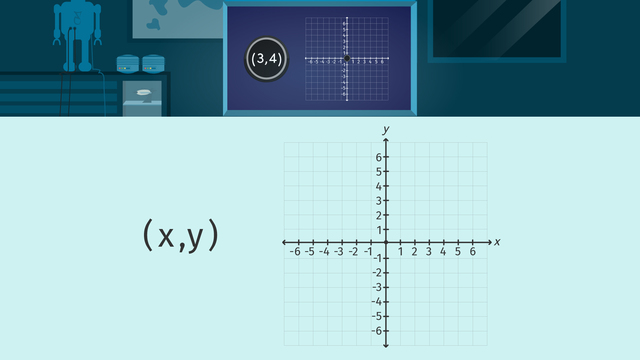
Ordered Pairs on the Coordinate Plane

Finding the Greatest Common Factor
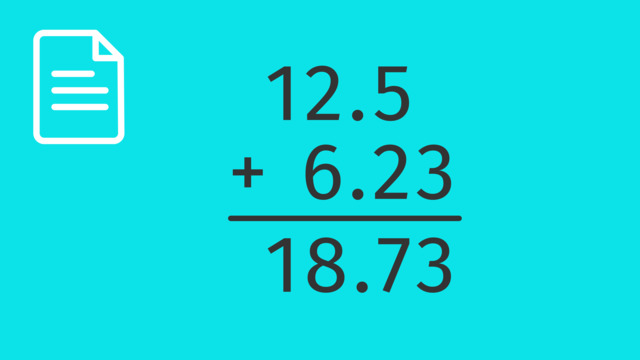
Adding and Subtracting Decimals
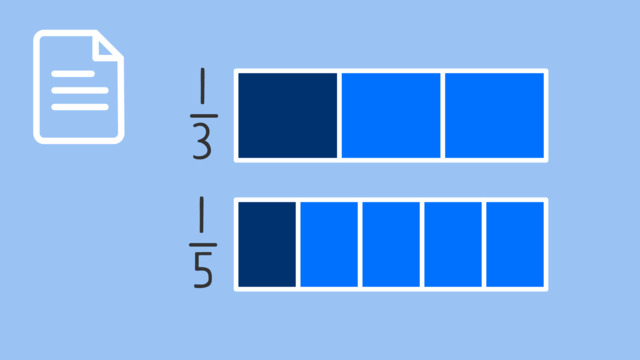
Comparing Fractions
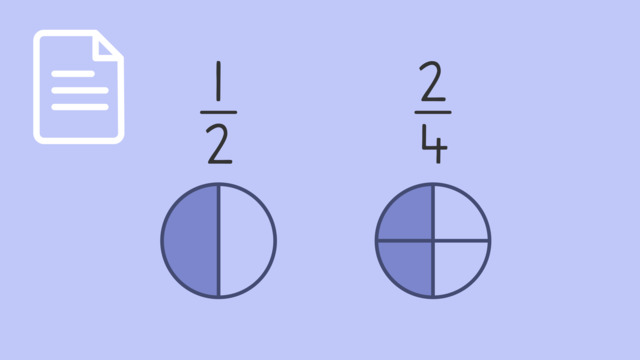
Equivalent Fractions
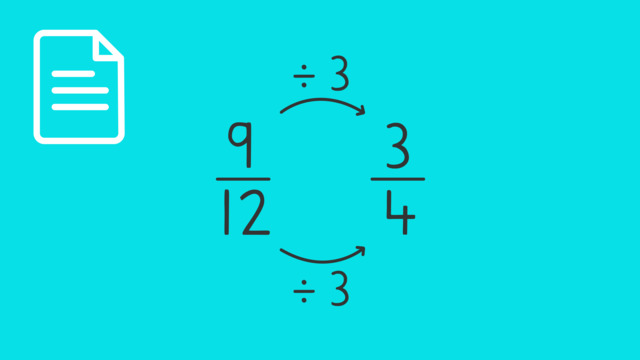
Simplifying Fractions

Temperature Conversion

Decimal Expansions
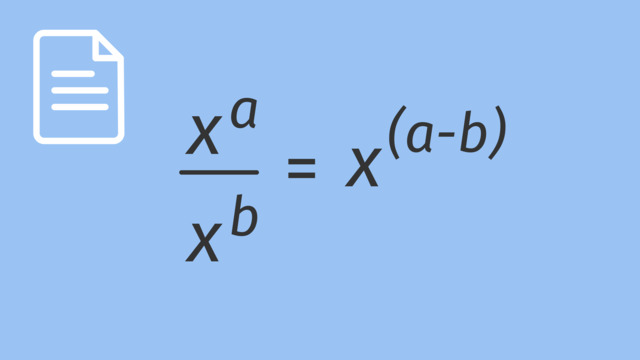
Division with Exponents

How to Convert Decimals Expansions
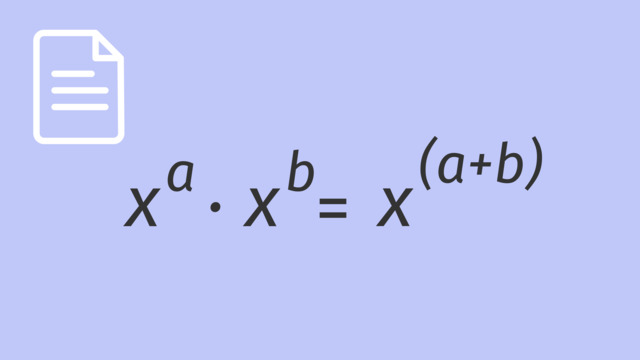
Multiplication with Exponents
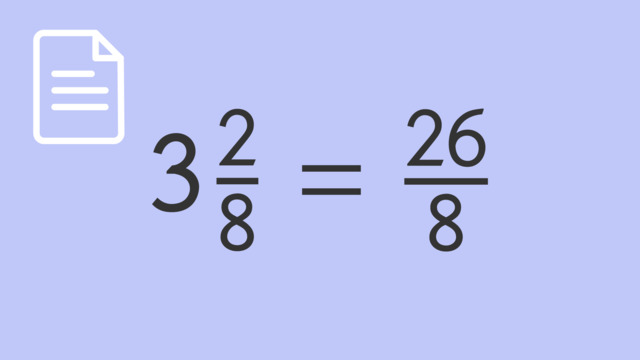
Improper Fractions and Mixed Numbers
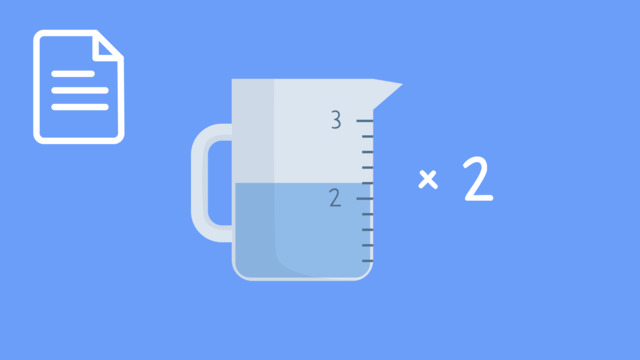
Multiplying Mixed Numbers: Word Problems










